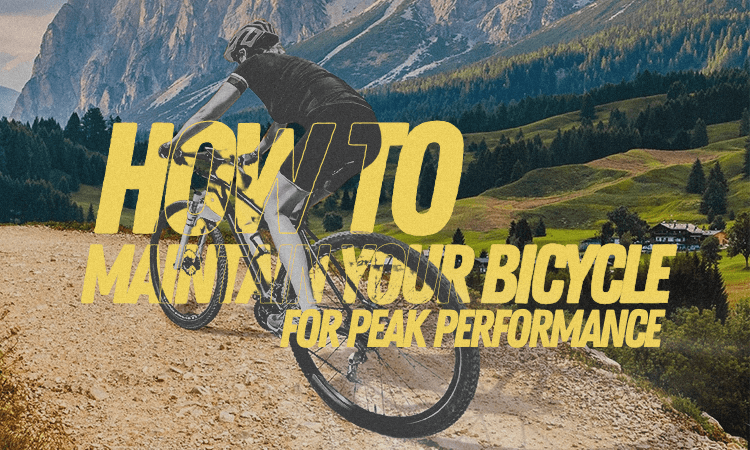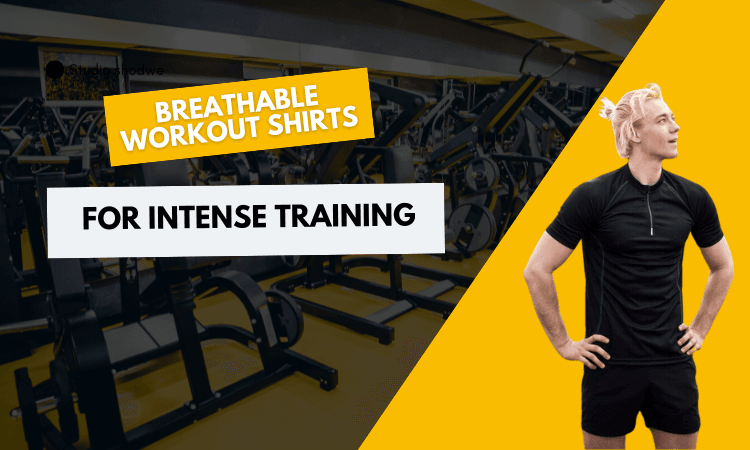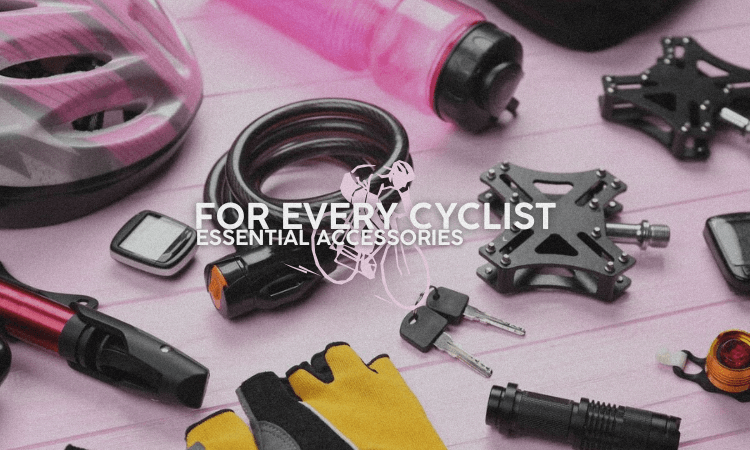Trekking through rough terrains is both an adventure and a test of endurance. Rocky trails, steep inclines, and uneven paths can challenge even the most experienced hikers. Having a reliable pair of trekking poles can transform these challenges into manageable tasks, offering support, stability, and efficiency throughout your hike.
This guide explores why trekking poles are indispensable, highlights the key features to look for, and reviews some of the best trekking poles available today. With this knowledge, you’ll be better equipped to tackle your next outdoor adventure confidently.

Why Trekking Poles Matter
Trekking poles are far more than hiking accessories. They are tools designed to enhance your experience, especially when the terrain gets tough.
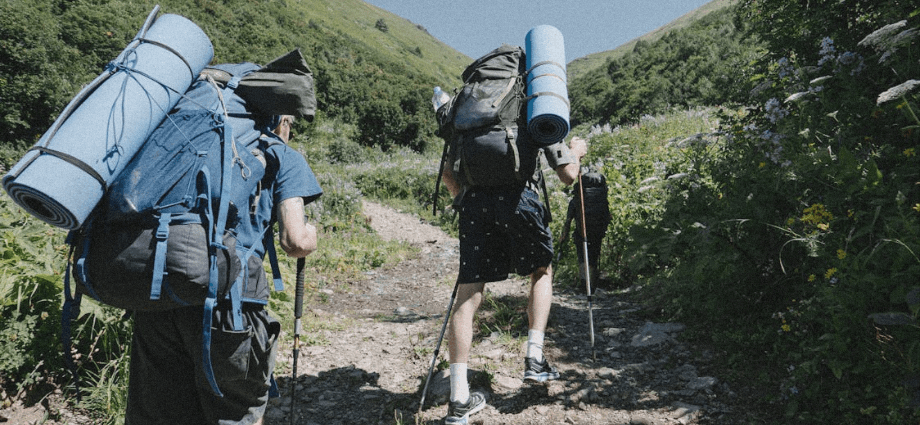
Stability and Balance
Imagine crossing a stream or navigating a trail filled with loose rocks. Trekking poles act as extra points of contact, giving you greater control and reducing your chances of slipping or falling. This added stability becomes even more crucial when carrying a heavy backpack that shifts your center of gravity.
Reduced Stress on Joints
Rough terrains and steep descents can place immense strain on your knees, hips, and ankles. Trekking poles absorb some of the impact, distributing it across your arms and reducing the likelihood of joint pain or injuries. Hikers with pre-existing joint issues often find trekking poles a game-changer for comfort and endurance.
Increased Endurance
Using trekking poles engages your upper body, sharing the workload between your arms and legs. This balanced effort means you tire less quickly, allowing you to cover longer distances with ease. For multi-day hikes or extended treks, this energy-saving feature can make all the difference.
Key Features to Look For
Choosing the right trekking poles requires an understanding of the features that best suit your hiking needs.
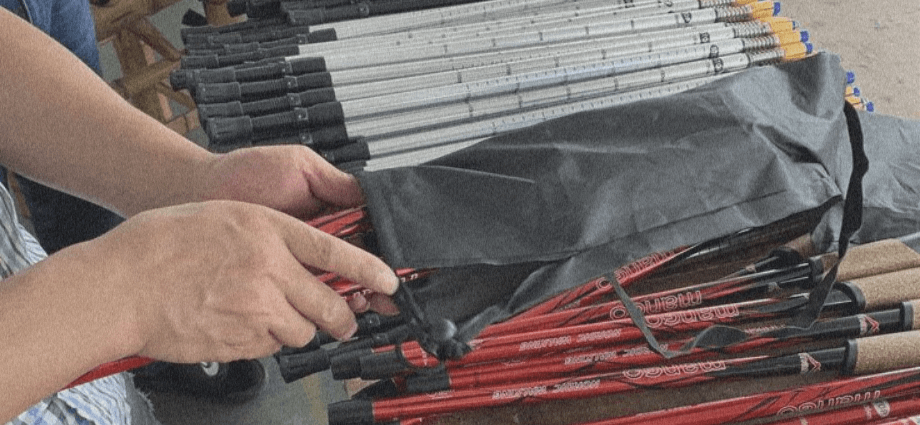
Material
The material of the trekking poles determines their weight, durability, and overall performance.
- Aluminum: These poles are sturdy and affordable, making them an excellent choice for beginners and rugged trails. While slightly heavier, they’re less likely to snap under pressure.
- Carbon Fiber: Lightweight and easy to handle, carbon fiber poles are ideal for long treks. However, they are more expensive and may be prone to damage under extreme pressure.
Adjustable Length
Adjustable trekking poles offer versatility for various terrains. Telescoping or foldable designs allow you to modify the length based on your trail. For uphill climbs, shorter poles provide better control, while extended poles are ideal for downhill descents, helping to reduce strain on your knees.
Grip Design
The grip material significantly affects comfort during long hikes.
- Cork Grips: Conform to the shape of your hand and wick away sweat, making them comfortable for extended use in hot weather.
- Foam Grips: Soft and lightweight, they’re perfect for cold conditions where comfort and insulation are priorities.
- Rubber Grips: Durable and water-resistant, these grips are excellent for wet environments, though they may feel less comfortable in humid conditions.
Tip Type
Trekking pole tips are crucial for maintaining traction and stability.
- Carbide Tips: Provide excellent grip on rocky or icy trails.
- Rubber Tips: Gentle on smooth surfaces and protect the terrain, ideal for urban or paved trails.
Top Trekking Poles for Rough Terrains
With countless trekking poles available, selecting the best can be overwhelming. Here are some top-rated options to consider, catering to a variety of needs and budgets.
Black Diamond Trail Ergo Cork
These trekking poles are a favorite among avid hikers for their ergonomic cork grips, which offer excellent comfort and moisture management. Made from durable aluminum, they strike a balance between weight and toughness. The adjustable length and reliable locking mechanism ensure stability on even the most rugged trails, making them a top choice for serious hikers.

Leki Micro Vario Carbon
If lightweight gear is your priority, the Leki Micro Vario Carbon poles are an excellent option. These poles feature carbon fiber construction, making them incredibly light yet sturdy. Their foldable design allows for easy storage, and their performance on rough terrains is impressive. They’re particularly popular among minimalist hikers who value portability.
TrailBuddy Trekking Poles
For hikers on a budget, TrailBuddy Trekking Poles deliver exceptional value without compromising quality. Made from lightweight aluminum, these poles are adjustable and durable. They come with interchangeable tips, making them versatile enough for different terrains. These poles are a great starting point for beginners or casual hikers.
MSR DynaLock Explore
Designed for carrying heavy loads and tackling challenging trails, the MSR DynaLock Explore poles feature a robust build and an adjustable locking system. Their sturdy aluminum construction ensures reliability under pressure, while their comfortable grips provide support during extended hikes. If you’re embarking on a long trek with a fully loaded backpack, these poles are a dependable choice.
How to Maintain Your Trekking Poles
Proper care can significantly extend the lifespan of your trekking poles, ensuring they perform well for years to come.
Cleaning and Storage
After every hike, clean your trekking poles thoroughly. Use a damp cloth to wipe away dirt and debris, paying special attention to the tips and locking mechanisms. For collapsible poles, extend them fully and allow them to dry completely before storage to prevent rust or corrosion.
Store your poles in a cool, dry place to avoid moisture damage. If you plan to store them for an extended period, loosen the locking mechanisms slightly to reduce strain on the components.
Regular Inspections
Inspect your poles regularly for wear and tear. Check the grips for cracks, the tips for wear, and the locking mechanisms for proper functionality. Replacing worn-out parts promptly will ensure your poles remain safe and reliable.
Using Trekking Poles Effectively
Even the best trekking poles require proper usage to maximize their benefits.
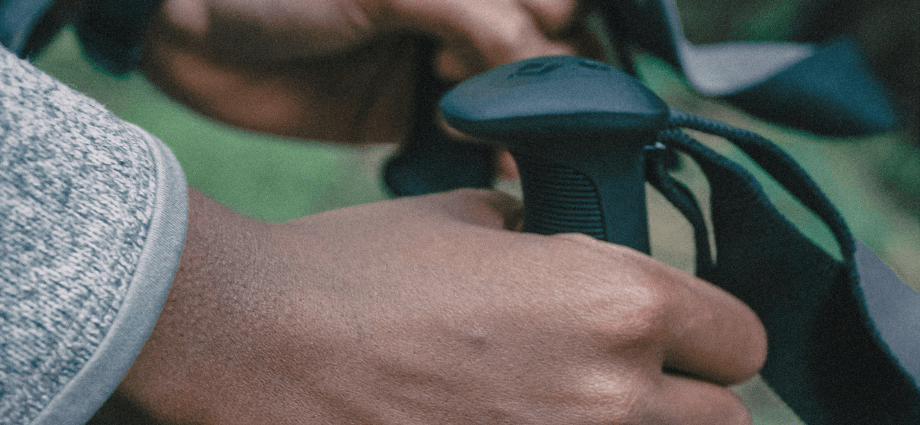
Adjusting the Length
Adjust your poles to the correct height based on the terrain. For flat trails, your elbows should form a 90-degree angle when holding the grips. Shorten the poles slightly for uphill climbs and lengthen them for downhill descents to maintain balance and reduce joint strain.
Using Wrist Straps
Wrist straps can help transfer some of the weight from your hands to your arms. Insert your hands through the straps from below and grip the poles. This technique reduces hand fatigue during long hikes. However, in tricky terrain, avoid relying heavily on the straps to prevent injury if you fall.
Conclusion
Trekking poles are a valuable tool for hikers, offering stability, reducing joint strain, and increasing endurance on rough terrain. With features like adjustable lengths, ergonomic grips, and durable materials, they enhance your hiking experience, making challenging trails safer and more manageable. Whether you choose the ergonomic Black Diamond Trail Ergo Cork, the lightweight Leki Micro Vario Carbon, or the budget-friendly TrailBuddy Trekking Poles, investing in high-quality trekking poles is a decision that improves both comfort and performance. Proper maintenance and effective usage ensure these tools remain reliable companions on every trail, helping you confidently tackle rough terrains and explore new paths with ease.
